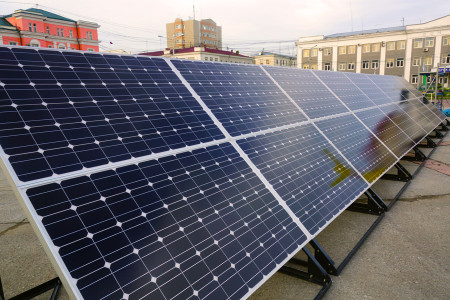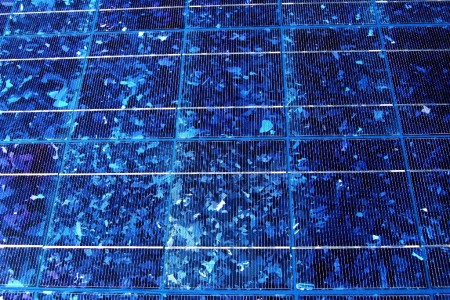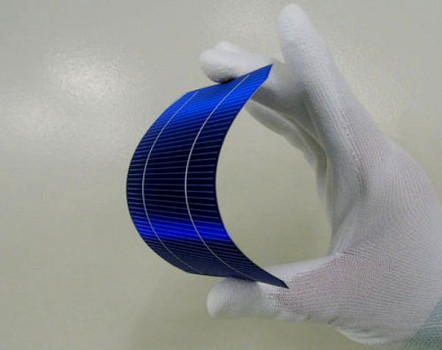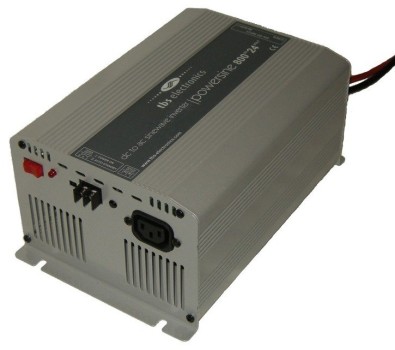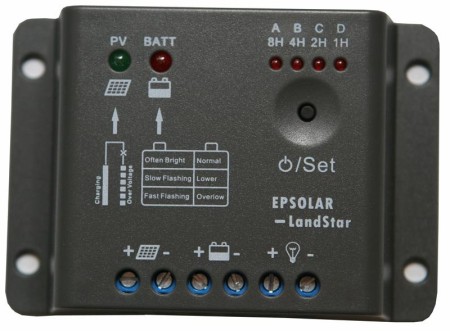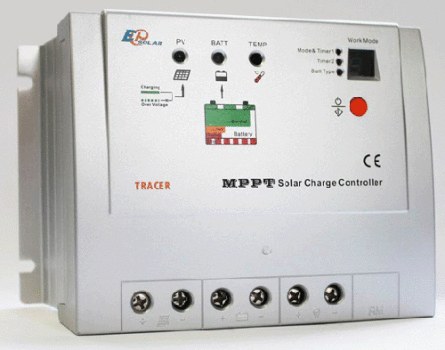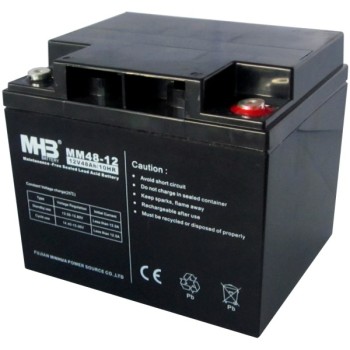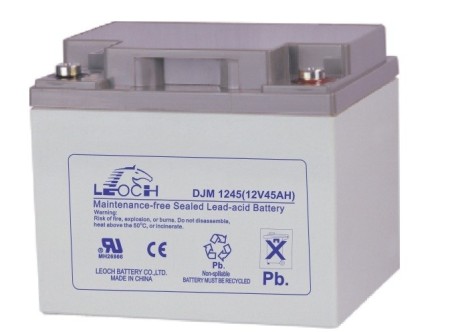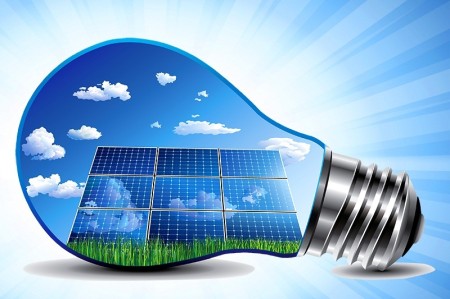Free electricity and heating, complete autonomy and independence from electricity suppliers - well, is not it a dream? And thanks to the rapid development of technology, this dream is becoming easier and cheaper every year. We are talking about solar power stations that can provide a private home with electricity and heat. Is it really? Is it expensive? Is it profitable? How to choose the equipment? How to serve it? Read below.
Content
- 1 Solar panels for a home power plant - how to choose the equipment?
- 2 Prices for solar panels for home
- 3 How to determine the power?
- 4 What kind of inverter is needed?
- 5 Battery charge controller
- 6 Battery Type
- 7 5 Myths about solar batteries
- 7.1 myth number 1 - solar panels are still ineffective, it is better to wait
- 7.2 myth number 2 - solar panels will not work in cloudy or foggy climate
- 7.3 myth number 3 - solar batteries must be constantly serviced
- 7.4 myth number 4 - solar panels always require a system for tracking the sun
- 7.5 myth number 5 - solar panels are unreasonably expensive, they will not pay off
Solar panels for a home power plant - how to choose the equipment?
We will not once again list all the benefits of using free solar energy, talk about environmental friendliness, autonomy, etc. Let's say that you are the owner of a private house, inspired by the idea of alternative energy sources, and decided to establish something in their possessions. But in practice you are in this matter, to put it mildly, a "teapot". We will try to help you. The whole domestic power station looks like this:
Below we will consider each node separately.
So, let's start with the fact that the problem of choosing solar cells for a domestic power plant is rather difficult. In order to determine the choice of equipment, you need to consider several factors. First, and most importantly: do you have enough space to install the required number of panels? If not, it is better to buy solar cell kits from monocrystalline silicon, which have the highest efficiency.
These batteries take up less space, and the energy is given more than the cheaper analogs. The surface of the monocrystalline silicon batteries consists of black pseudo-squares, so that it is not difficult to determine the type in appearance.
If space is more than enough, then it makes sense to save and purchase panels based on polycrystalline silicon.
By the way, they work well in overcast weather due to the fact that the elements that convert sunlight into electricity have a different orientation of the silicon crystals. The surface of the battery is divided into flat squares of blue color with different shades.
If you have, say, special conditions - for example, the roof has a curved shape, or is made of polycarbonate, we recommend you pay attention to the batteries of amorphous silicon.
They can be easily glued to any surface without using any additional fasteners. This type of battery works well with diffuse light. This is a weighty argument, if your region has few sunny days.
Another option is batteries made of micromorphic silicon.
They belong to the new generation, they work in the visible and infrared part of the spectrum. Studies have shown that these batteries produce significantly more energy per year than classical analogues. Also, monocrystalline silicon batteries are less demanding to place on the sides of the world and the angle of inclination. And they are cheaper, because less silicon is used in their production.
Prices for solar panels for home
- The most inexpensive option - a panel of amorphous silicon: 0.9 - 1.1 dollars per 1 W.
- After them, micromorphic panels: 1 - 1.2 dollars per 1 W.
- Polycrystalline solar panels: 1.1 - 1.3 dollars per 1 W.
- The most expensive are monocrystalline silicon panels: 1.3 - 1.5 dollars per 1 W.
How to determine the power?
To do this, you need to calculate how much you consume energy on average. Just look at the electricity bills in different months, best in January. After that, think about how much you want to compensate for this from the solar power plant. Let's say you take 300 kWh per month. It is easy to calculate that this is about 10 kW per day. Suppose that the calculations are carried out for the summer period, during which the battery gives its nominal power for 6 hours, if the sun is shining.
To fully compensate for the flow, you will have to install panels of 3 kW (12 pieces of 250 watts each, an area of 1.65 square meters of one panel). If you do not have 12 panels at once, buy 6, you can install half later. At the same time, equipment should not be changed.
What kind of inverter is needed?
Do you have a 220 volt network at home? If there is none, and is not expected, you should buy a stand-alone inverter. Such a system will recharge the battery, at the same time, electricity will be used for different purposes. And it does not hurt to buy a generator, which can recharge the batteries, if the weather for a long time will be very already overcast.
If the network is 220, the question arises: does it really need to fully reserve electricity, or do you just want to save? If the latter option, then buy a network inverter that does not need batteries. Energy from solar panels will be converted to 200 V and immediately get into the network.
But the system that stores electricity is much more interesting. A hybrid type inverter is used. Its feature - the ability to work simultaneously from the network and batteries. In this case, you can select a priority energy source. Simply speaking, the inverter works from the network, but with power limitation. If consumption increases, the inverter takes the missing power from the batteries or batteries. If you set the priority - solar panels, the inverter will feed the house from them, and the missing power to take from the network. The power of the network inverter should be chosen equal to or slightly larger than the total power of all solar cells. However, for a fully autonomous system, the calculation will be a little more complicated.
To do this, it is necessary to calculate the total power of all electrical appliances in the house, if they are switched on at the same time.
Let's say you have the following appliances in your home:
- 10 light bulbs of 20 W = 200 W
- Refrigerator 300 W
- Pump 500 W
- TV 70 W
- Mobile phone charger 5 W
- 60W Notebook PC
- Vacuum cleaner 1500 W,
- Microwave, 2000 W
- Electric kettle 1800 W
- Air conditioning 1500 W
As a result, we get 7935 watts. Plus 20%, we get 9500 watts. On sale there are MAP Energia inverters for 12 kW. But this, as they say, is extreme, since you are unlikely to use all electrical appliances at the same time. For example, if you do not include an electric kettle, a vacuum cleaner and a microwave oven, the power will be only 4600 W + 20% = 5500 W. That is, you can buy an inverter for 6 kW, which is much cheaper and more appropriate.
Battery charge controller
Here is the choice is not great. There are only two types of controllers on sale:
PWM
MRLT
The difference between them is that the MPRT controller can take 20 percent more power from solar cells than the PWM. But there is an MPRT of two to three times more. To make the right choice, make a simple calculation. For example, you have batteries with a capacity of 1 kW. The MPPT controller can remove all 1000 watts from them, and the PWM is only 800. To compensate for the difference, you will have to install another panel for 250 watts. However, in this case, PWM will only remove 80% of the power. And if you take into account that the solar panels are working for several decades, the losses in the sum are very big. Therefore, if possible, it is better to immediately install the MPRT controller. So to speak, in the future.
As for the power of the controller, then it is necessary to focus on the indicators specified in the product passport. In this document, it should be indicated which power controller can transmit through the battery. And the power should be greater than the one given by the solar array installed in your home. It is highly desirable (for PWM only) that the voltage class of the solar panels match the voltage on the battery. Otherwise there will be a loss in the conversion of the voltage in the controller.
For the MPRT controller, all this is immaterial. Rather, on the contrary, you can take more stress. Then even in cloudy weather, the controller will regularly remove power from the panels.
Battery Type
The most affordable batteries for a solar power plant are lead-acid batteries. Here you can choose from several types: sealed and serviced.
Sealed batteries make sense to buy when you plan to use the battery in a buffer mode, which assumes very rare full discharges, and small discharges during operation. Tightness is an advantage, since such a battery can be freely installed in a residential area.
Serviced batteries are very desirable to install in a well-ventilated room, because during the process they produce hydrogen. But this type of batteries has a very large resource - from 1500 cycles with full discharge. Therefore, they are recommended to be installed in completely autonomous systems, where frequent full discharges are assumed (no 220 V network).
Alternatively, you can install batteries from the car, but they react very poorly to low-current discharges, and have a very large self-discharge. The lifetime of such a battery in the solar power plant for the house will be very small.
As for the battery capacity, the advice is simple: the more, the better. However, you can calculate how many batches of battery you need. To do this, you need to determine how many electrical appliances and what power should work in the event of a complete power outage. The resulting amount of electricity is multiplied by the desired operating time. In order not to bore readers with calculations, we say that for a continuous operation for 6 hours of a refrigerator (40W), Lighting (70W), a laptop (60W), you need a battery for 200 ampere hours.
Well, more detailed instructions for calculating the capacity of batteries for solar power plants can be easily found on the websites of firms that sell specialized equipment.
And finally, if you are still in doubt about the advisability of using alternative energy sources,
5 Myths about solar batteries
myth number 1 - solar panels are still ineffective, it is better to wait
The average efficiency from conversion of solar energy into electrical energy is 18%. At the same time, 1000 W of energy per 1 square meter of the earth's surface per one sunny day. As it is easy to calculate, 1 square meter of solar battery can give 180 watts. Not too little. Therefore, the meaning of investing in solar energy is already there.
myth number 2 - solar panels will not work in cloudy or foggy climate
Will. Batteries work not only in hot sunny weather, but also on cloudy days. Of course, the power produced will be slightly less than in the bright sun. But, interestingly, solar panels work more efficiently at low temperatures. For example, in winter, the generation of electrical energy can be more than nominal. Germany is the leader in the production of solar power, although this country can hardly be called warm and sunny.
myth number 3 - solar batteries must be constantly serviced
Panels do not have moving parts, and do not require regular maintenance. All you need to do is wash the surface with water once or twice a year. In fact, the owners of solar power plants do not pay attention to this, rightly believing that the surface of the batteries from the dust will clear the rain. Dust can "steal" only up to 5% of the panel's power. But they still have to be cleaned of snow, and for some regions this can be a problem.
myth number 4 - solar panels always require a system for tracking the sun
It is desirable, but not necessary. In addition, the cost of installing such equipment, as a rule, does not pay off.
myth number 5 - solar panels are unreasonably expensive, they will not pay off
Perhaps today it is one of the most unfortunate myths about solar panels - they say, it's only for the rich and fans of the struggle for ecology. In fact, this is beneficial, and the experience of civilized countries is a convincing example. In the CIS countries, many private individuals and organizations are investing in solar power stations, which partially or even completely frees them from large electricity bills. And if you still take into account inflation and a constant increase in electricity prices, then the payback period of a complete autonomous system is about 10-12 years.
And we have already told about all the accompanying advantages.




